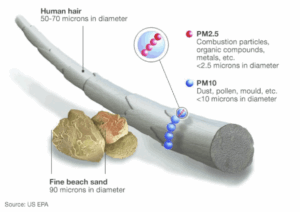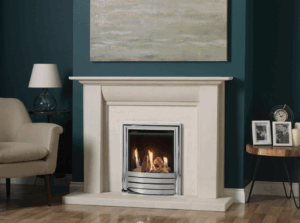 This time of year is when many stoves around the UK are alit after many months of non-use. This time of the year is also when many become proud owners of stoves for the first time. Being aware of the importance of chimney sweeping, and the issues of acid corrosion is essential, whether you are a seasoned stove owner or not, as they case maybe.
This time of year is when many stoves around the UK are alit after many months of non-use. This time of the year is also when many become proud owners of stoves for the first time. Being aware of the importance of chimney sweeping, and the issues of acid corrosion is essential, whether you are a seasoned stove owner or not, as they case maybe.
.Chimney Sweeping and It’s Key Importance:
.
We have talked at some length in the past about the need for ensuring you have a well functioning chimney, especially with a focus towards ensuring a chimney is swept on a regular basis. HETAS recommend a chimney is swept at least every 12 months, and more often when used with sooty fuels or damp wood. When a chimney is in regular use, NACS recommend that it is swept every 3-months in certain circumstances.
Having conducted some research in March this year, we found that only 5.16% of respondents thought that a 3-month time interval was appropriate, with the majority thinking once a year was fine. Rather alarmingly however, over 25% of people that burn wood, had no idea how often they should have their chimney swept!
.
Acid Corrosion in Chimneys:
.
Acid corrosion, which can occur in chimneys due to how the fire is operated, can lead to structural deterioration in both the chimney lining and the flue, which can cause serious problems. A flue and chimney needs to do so much more than just vent gases that are produced from combustion to the outside atmosphere. It is vital that a flue is specified correctly to avoid risks of condensation forming from burning incorrect fuel, or from poor chimney construction. When you buy from a reputable showroom a HETAS registered installer who fits the stove will take the time to ensure the perfect match between the fire, flue and chimney to help avoid many of these issues.
.
Operator error (i.e. the person burning the wood!) can contribute significantly to acid corrosion by, for example, burning wet wood. Burning wet wood can cause condensation to form in the upper and cooler parts of the chimney. This condensation can then mix with soot, which is made from unburned debris, to produce sulphuric acid. This acid could occur over time and badly corrode some flue liners. To avoid this issue burning only dry well seasoned wood is vital. However, there is no complete and total guarantee to guard against this, especially if a stove is not used on a regular basis.
.
Allowing a stove to slumber (turning the stove down to burn fuel at a much slower rate) also contributes to corrosion as it creates excessive creosote, which in turn adds to congestion in the flue. It goes without saying that slumbering a stove should be avoided. Furthermore, burning mineral fuels such as smokeless briquettes, especially by slumbering can be especially bad due to the impurities within the fuel, excessive moisture further exacerbates this. At the other end of the spectrum over firing a stove can overheat a liner contributing to this corrosion too.
.
Flexi-Flues:
.
Many flues are of a flexi design, which means they can expend and contract with it gets hot, and then cools. Although metal flues are never going to be totally free from acid attack, the expansion and contraction of flexi flues means soot often gets shifted, meaning much less just sits there in situ, reducing the occurrence of sulphuric acid forming and eroding the flue. Also ensuring the right alloy in the flues metal composition to go with the type of fuel being burned, will also help guard to some degree against this.
.
Ceramic Flue Liners:
.
Ceramic flue liners are resistant to acid corrosion. Acid corrosion can affect stainless steel flues and flues that are made from other materials like cement bonded aggregates. However, although ceramic liners are resistant to corrosion they are not as easy to work with when making a comparison to a metal flexi-flue, and generally cost more, especially with regards to the labour time incurred in fitting them. It’s generally quite a labour intensive task to fit ceramic flues and they can only be fitted if the chimney is not subject to various obscuring offsets. If the chimney has a number of offsets, then additional time will be required to remove these, to allow a “straight down” neat fitment.
.
Ensuring the health and longevity of your chimney is a blend of knowing what to burn, how often you should have your chimney swept, and also being aware of the threat acid corrosion poses. Taking the required precautions and being proactive with the care of not just your stove, but also your flue and chimney will help you enjoy many years reliable service from your stove.
.











